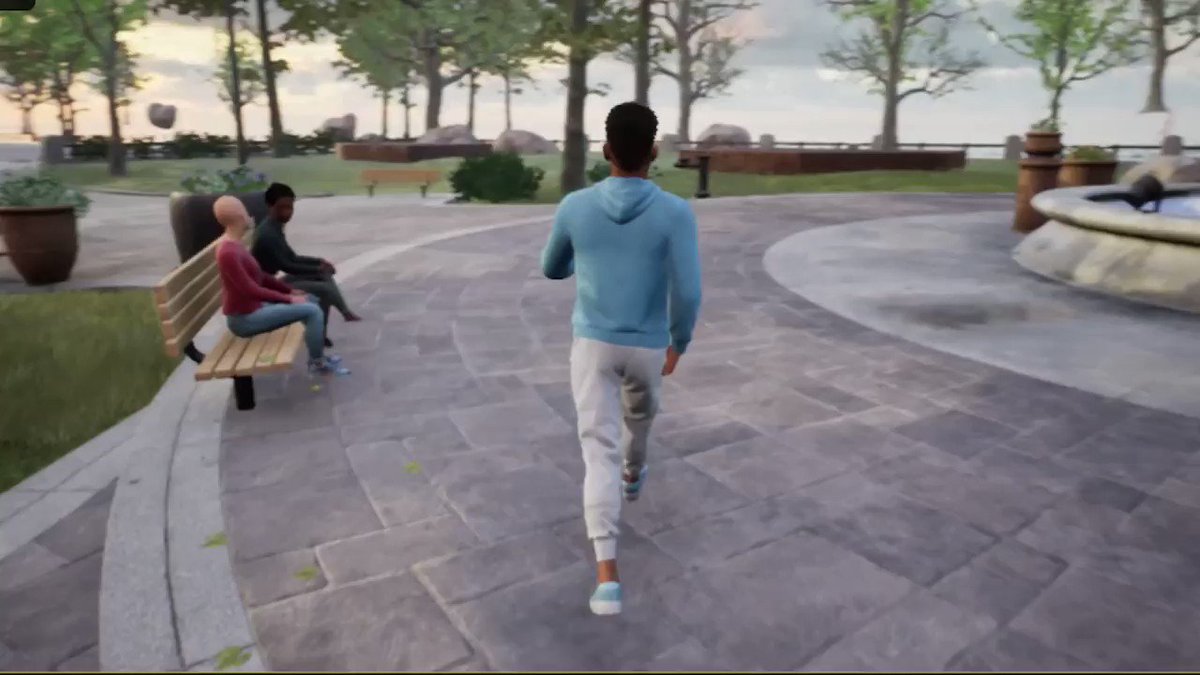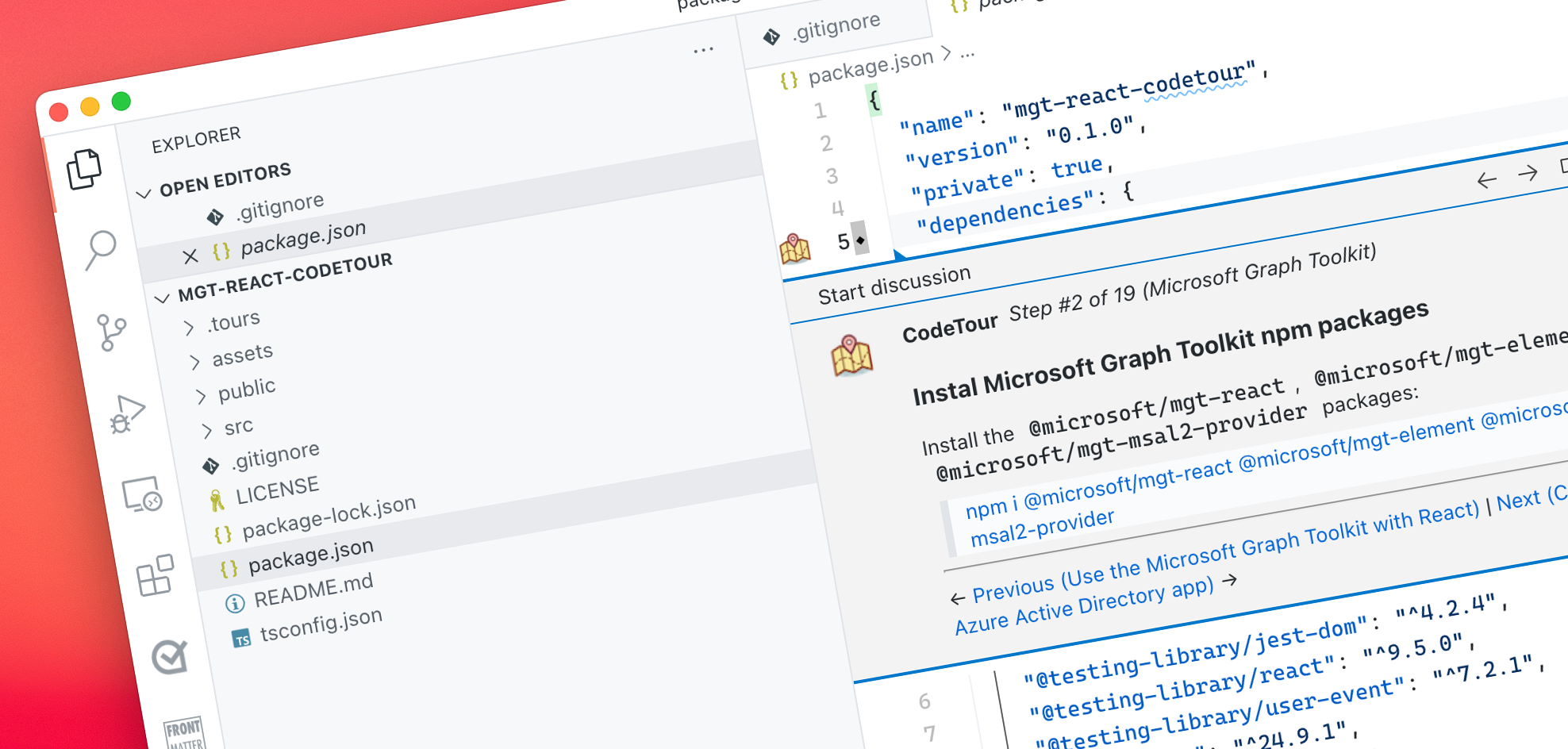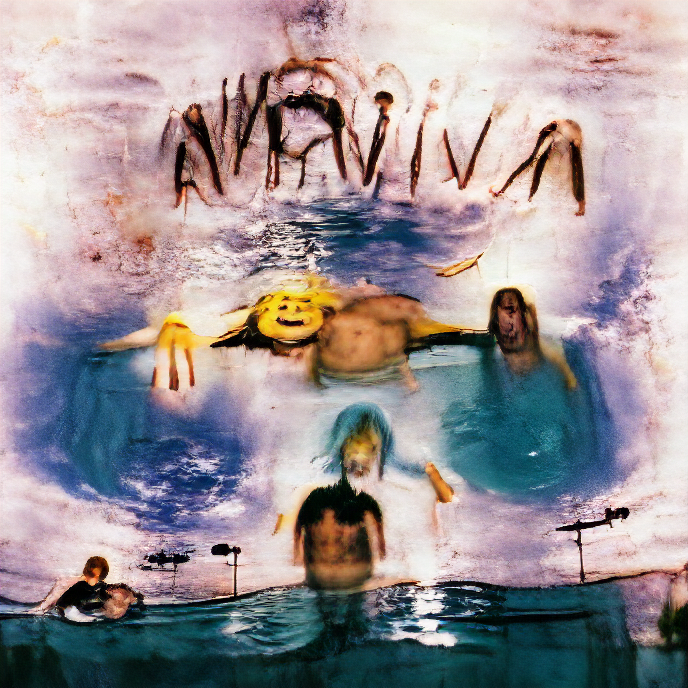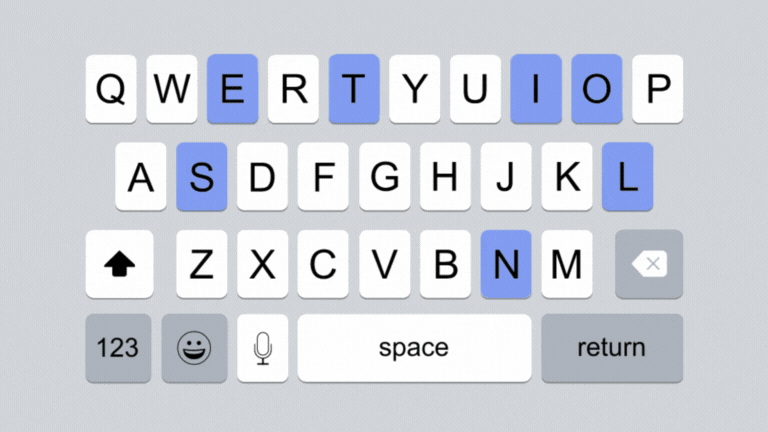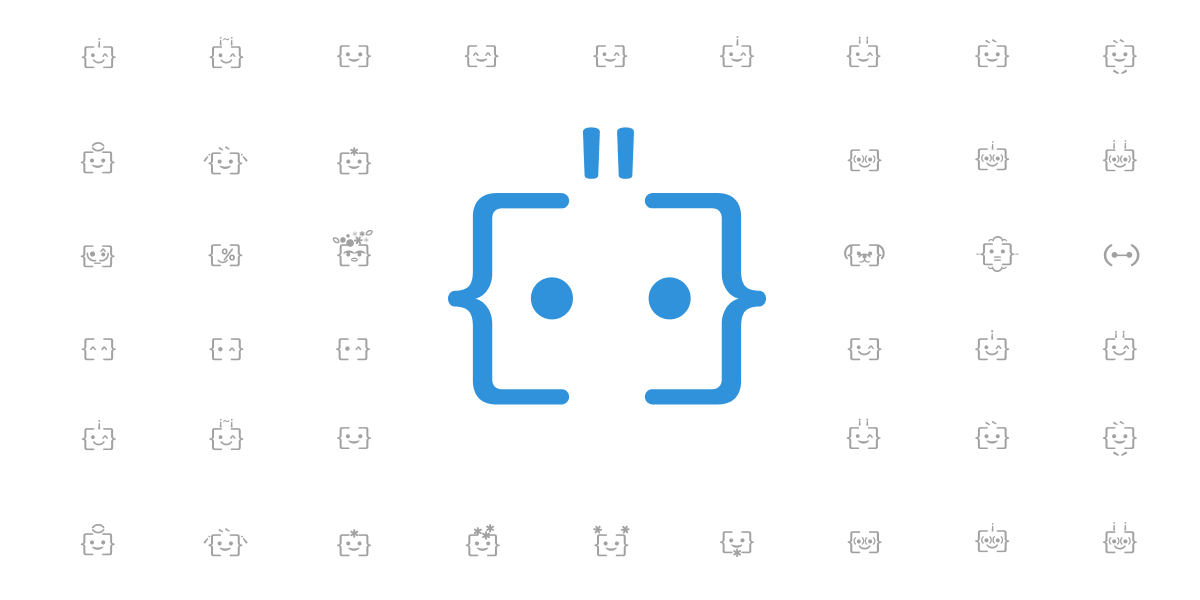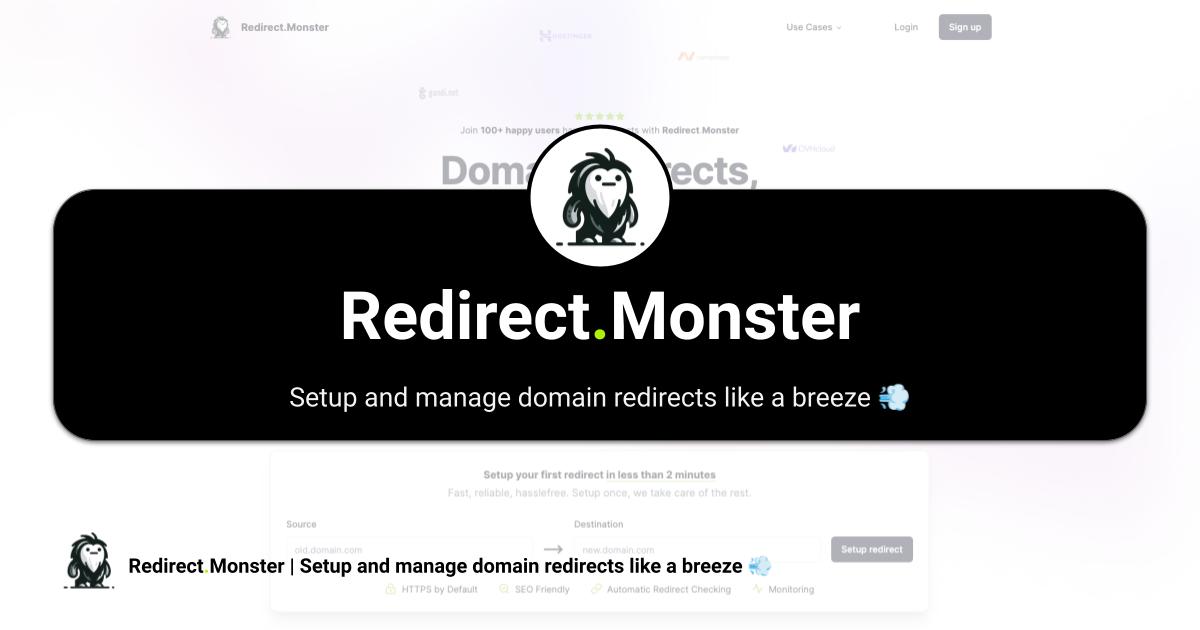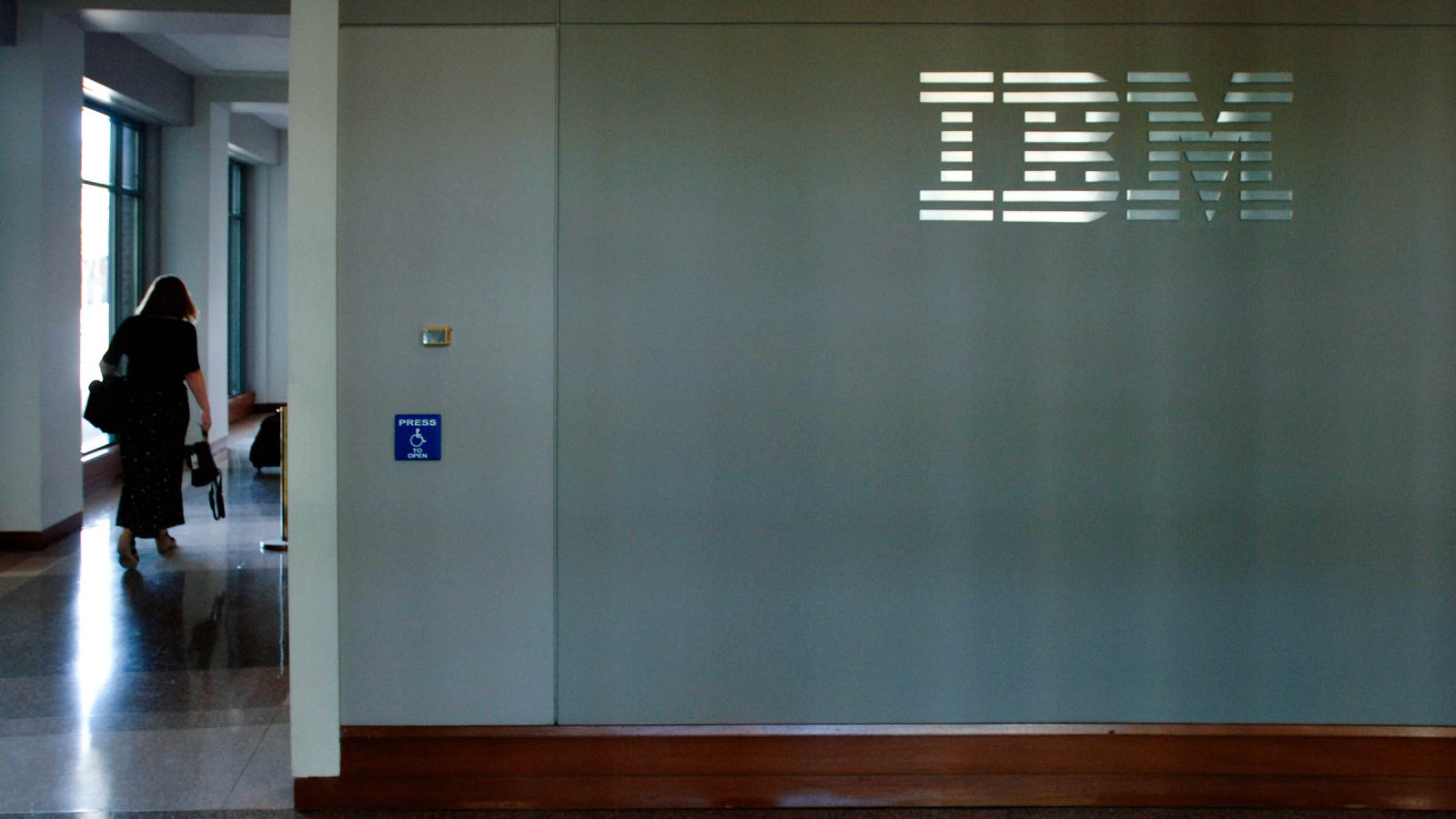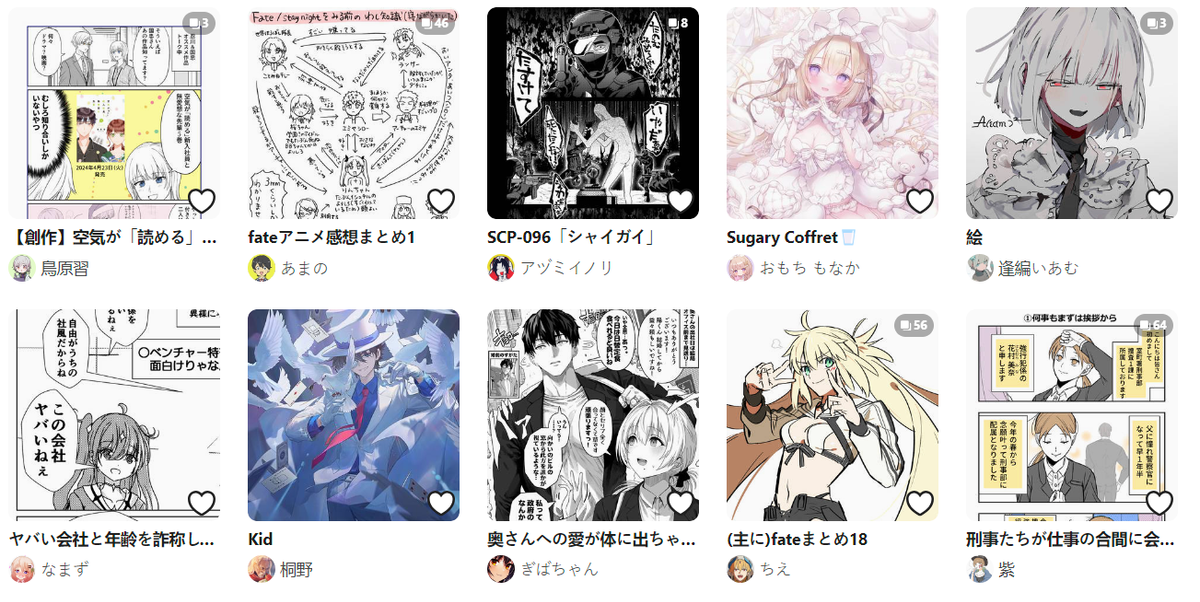
Building your conversational AI app - intents and entities
In Step 1 we learned how to map any conversation out in a spreadsheet. After all, preparation is 90% of the victory. Now, let’s bring this app to life.
First, you’ll want to open an existing simple Dasha app. I recommend this one. If you need instructions on how to get your Dasha Studio set up, you can refer to the second section of this guide.
Once you’ve got the app opened in Visual Studio Code, make sure you have the following files open: main.dsl, intents.json. You will also want to open the visual graph editor
Perfect. I usually like to start with my intents. It helps me to think through things properly. Oh! And I just realized that we forgot to map our Yes and No intents. There is a system function for sentiment negative/positive, however for an app where Yes and No may be expressed in less than usual ways, I suggest creating custom intents.
You will now need to use the same format to fill out of all the intents that you had defined in the conversation map spreadsheet. You are stating the name of the intent and then listing examples of phrases that should be interpreted as signifying this intent and examples of phrases that should always be excluded as signifying this intent. Intents.json is the data you provide to train the intent classification neural networks in Dasha Cloud. For most intents 5-10 examples are enough, for some you may need more.
Leave a Comment
Related Posts
